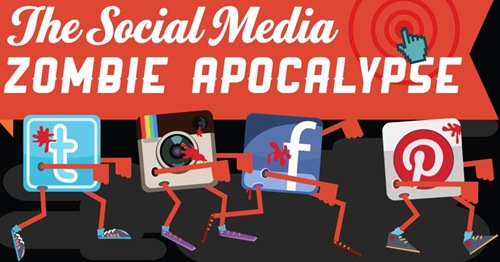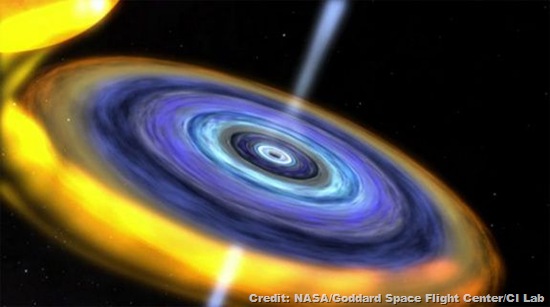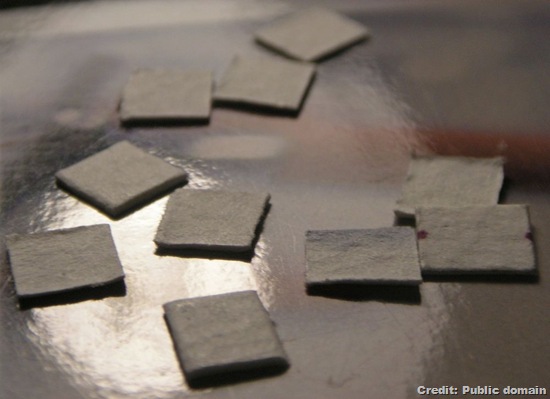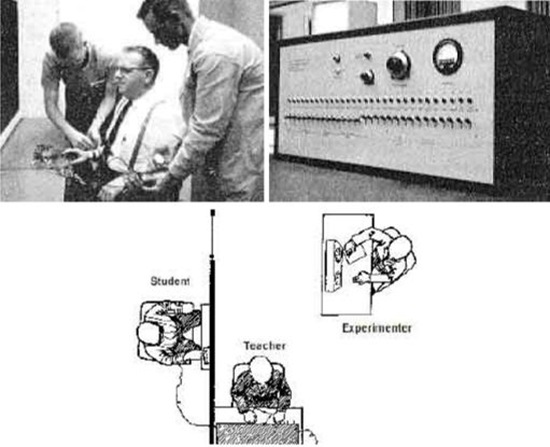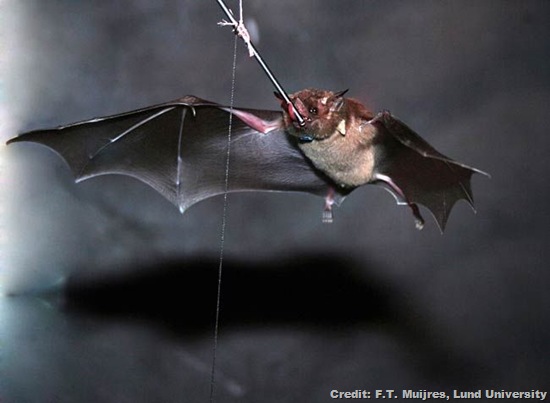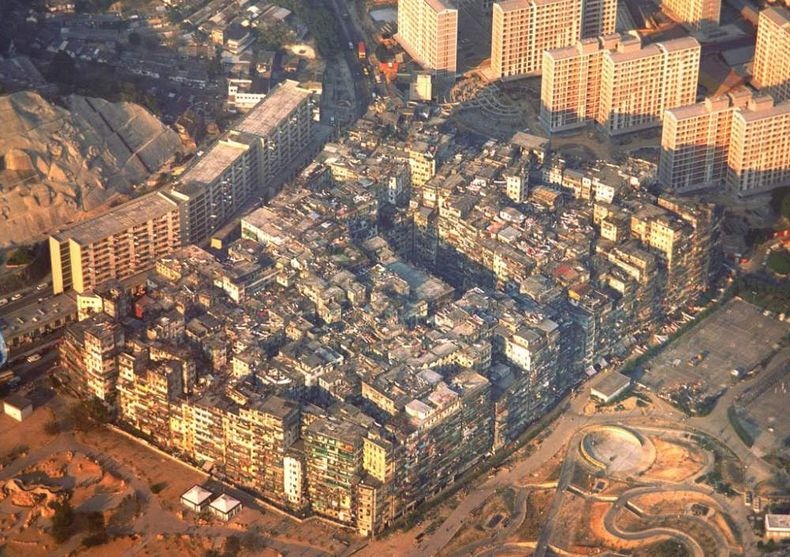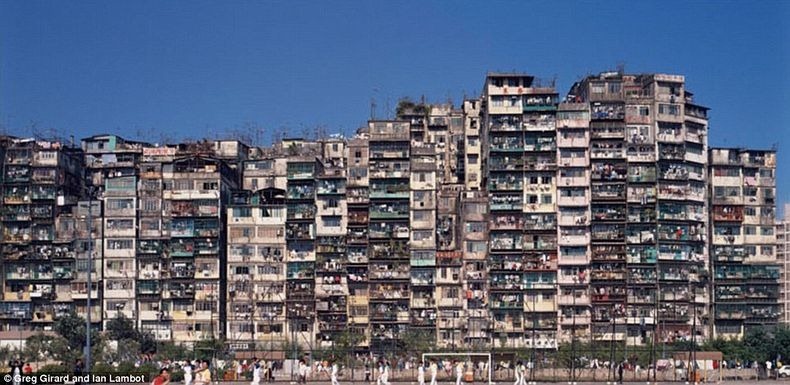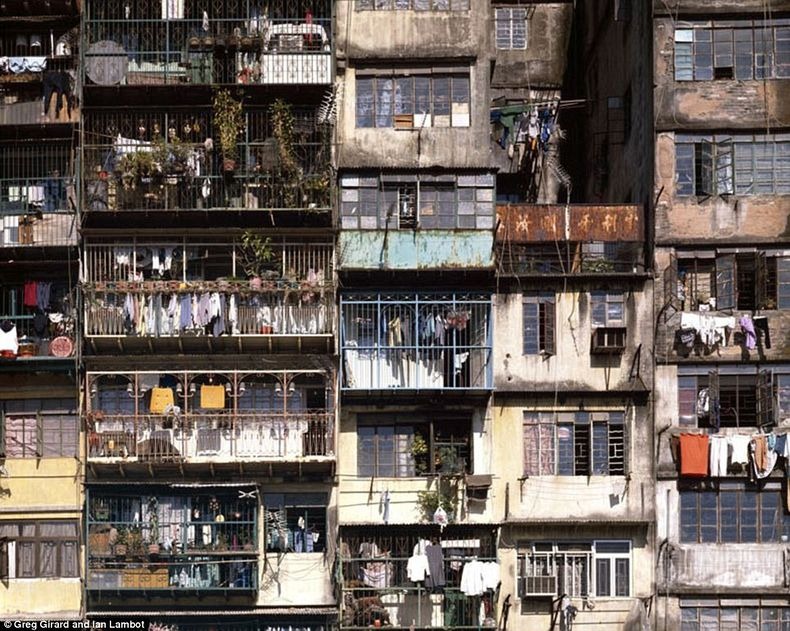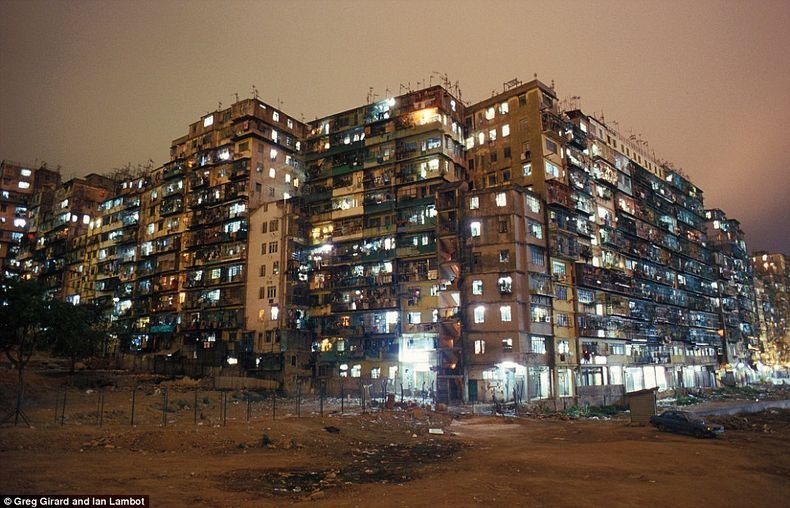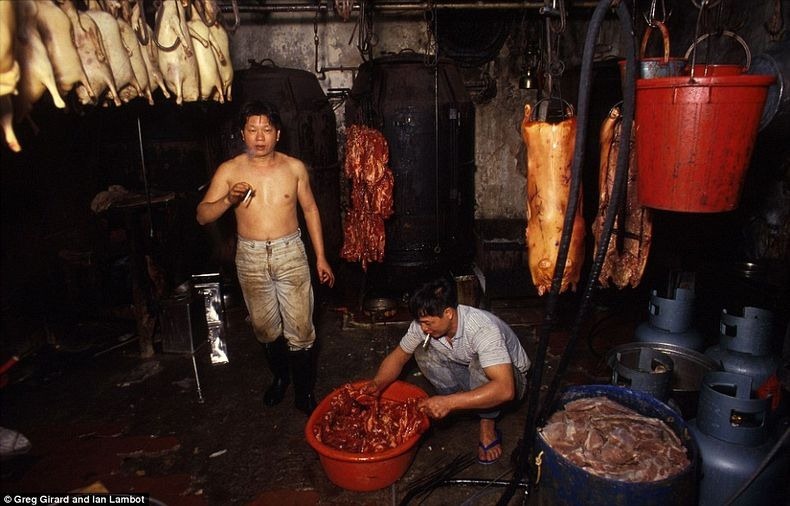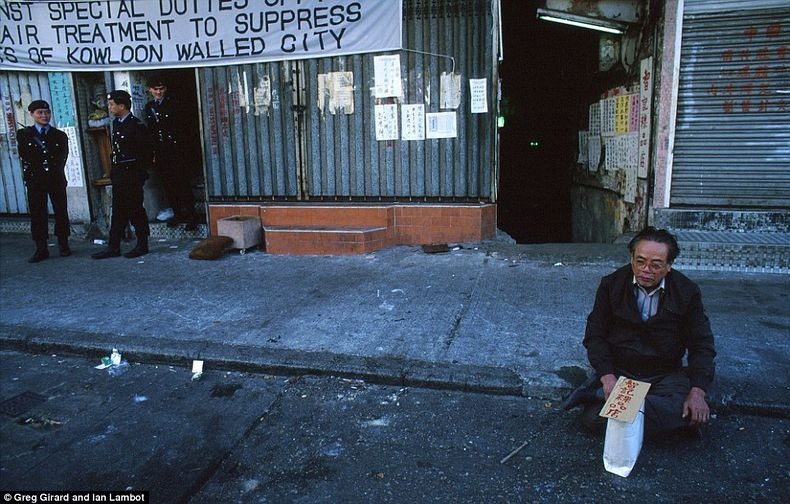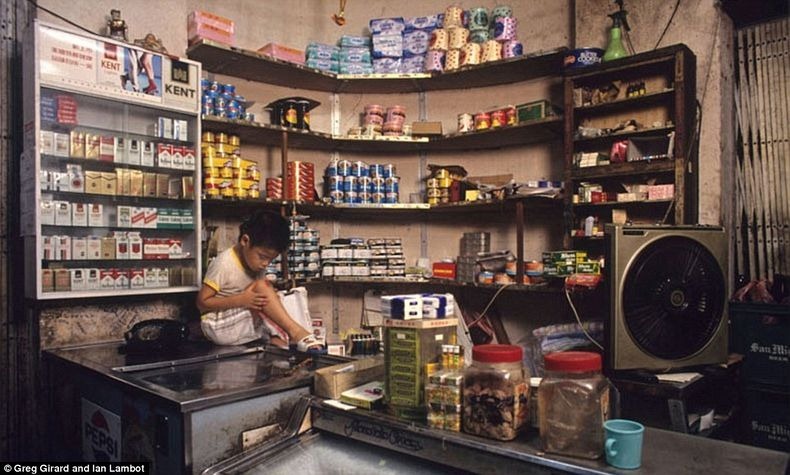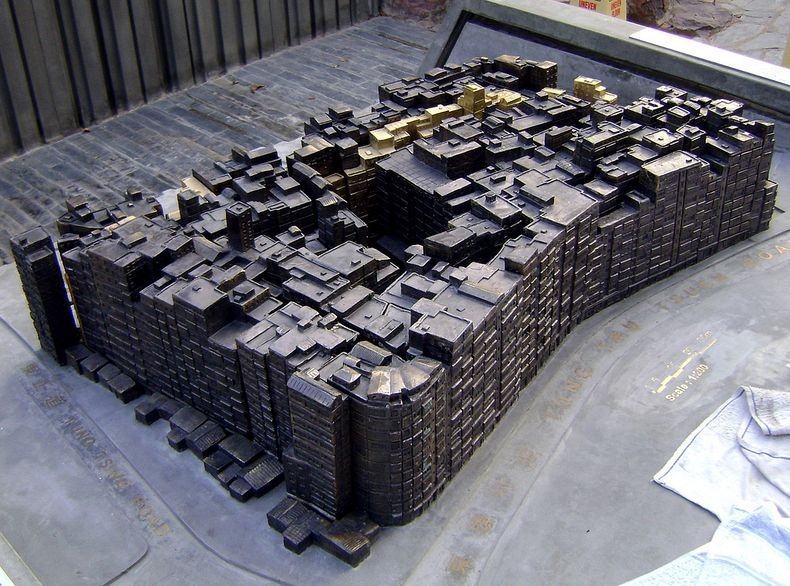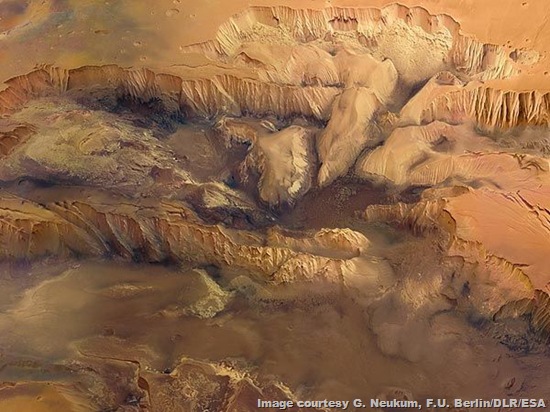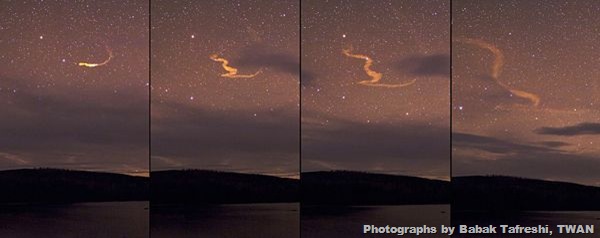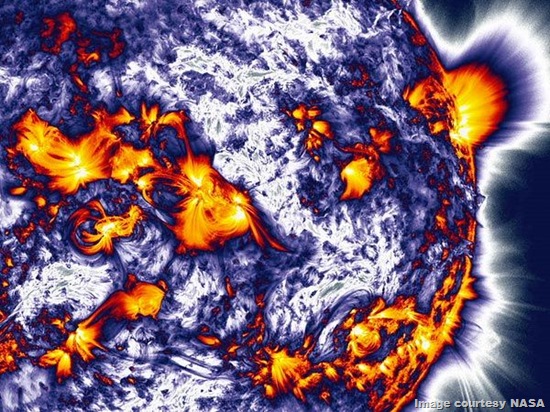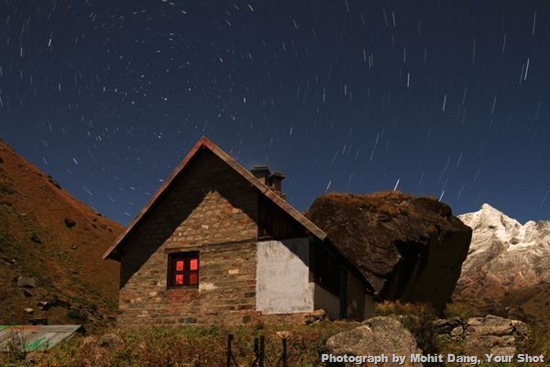
Kowloon Walled City, a Population Density Nightmare
By Kaushik, Amusing Planet, 30 October 2012.
Kowloon Walled City was a largely ungoverned Chinese settlement in Kowloon, Hong Kong, comprising of 350 interconnected high-rise buildings where 33,000 residents lived within a plot measuring just 210 meter by 120 meter. Originally a Chinese military fort, the Walled City became an enclave after the New Territories were leased to Britain in 1898. Its population increased dramatically following the Japanese occupation of Hong Kong during World War II and reached a peak of 33,000 residents in 1987. When it was demolished in 1993-94, it was thought to be the most densely populated place on earth.
The roughly 350 buildings that stood inside the Walled City were built with poor foundations and few or no utilities. The construction was so dense that sunlight didn't filter down to the lower levels, which were lit by fluorescent lights. Because apartments were so small, space was maximized with wider upper floors, caged balconies, and rooftop additions. Roofs in the City were full of television antennas, clotheslines, water tanks, and garbage, and could be crossed using a series of ladders.
The Walled City made an appearance in Robert Ludlum’s book The Bourne Supremacy in which he describes the city:
The Walled City of Kowloon has no visible wall around it, but it is as clearly defined as if there were one made of hard, high steel. It is instantly sensed by the congested open market that runs along the street in front of the row of dark run-down flats - shacks haphazardly perched on top of one another giving the impression that at any moment the entire blighted complex will collapse under its own weight, leaving nothing but rubble where elevated rubble had stood.
The history of the Walled City can be traced back to the Song Dynasty (960–1279), when an outpost was set up for the military to defend the area against pirates and to manage the production of Salt before eventually coming under British rule. During the Japanese occupation on Hong Kong in the Second World War parts of it were demolished to provide building materials for the nearby airport. Once Japan surrendered from the city, the population dramatically increased with numerous squatters moving in.
After a failed attempt to drive them out in 1948, the British adopted a 'hands-off' policy in most matters concerning the Walled City. With no government enforcement from the Chinese or the British save for a few raids by the Hong Kong Police, the Walled City became a haven for crime and drugs.
By the early 1980s it was notorious for brothels, casinos, cocaine parlours and opium dens. It was also famous for food courts which would serve up dog meat and had a number of unscrupulous dentists who could escape prosecution if anything went wrong with their patients. The city eventually became the focus of a diplomatic crisis with both Britain and China refusing to take responsibility.
Despite it being a hotbed of crime many of its inhabitants went about their lives in relative peace with children playing on the rooftops and those living in the upper levels seeking refuge high above the city. The rooftops were also an important gathering place, especially for residents who lived on upper floors. Parents used them to relax, and children would play or do homework there after school.
Leung Ping Kwan wrote in his book The City of Darkness,
Here, prostitutes installed themselves on one side of the street, while a priest preached and handed out powdered milk to the poor on the other; social workers gave guidance, while drug addicts squatted under the stairs getting high; what were children's games centres by day became strip show venues by night. It was a very complex place, difficult to generalise about, a place that seemed frightening but where most people continued to lead normal lives. A place just like the rest of Hong Kong.
Over time, both the British and the Chinese governments found the City to be increasingly intolerable, despite the low reported crime rate. The quality of life and sanitary conditions were far behind the rest of Hong Kong and eventually plans were made to demolish the buildings. The government spent $2.7billion Hong Kong dollars in compensation and evacuations started in 1991. Those who refused were forcibly evicted. After four months of planning, demolition of the Walled City began on 1993 and concluded in 1994.
The area where the Walled City once stood is now Kowloon Walled City Park, a magnificent park modelled on Jiangnan gardens of the early Qing Dynasty comprising an area of 31,000 square meters. The park's paths and pavilions are named after streets and buildings in the Walled City. There are a few artefacts, such as five inscribed stones and three old wells, including a bronze model of the Walled City on display in the park.
Mir Lui was assigned to work in the city as a postman in 1976 and had no choice but to go. He was one of the
few people who knew the ins and outs and wore a hat to protect him from the constant dripping.
Food processors admitted they had moved into the city to benefit from the low rents and to seek refuge from
the jurisdiction of government health and sanitation inspectors.
A workplace during the day would turn into a living room at night when Hui Tung Choy's wife and two young
daughters joined him at his noodle business. The children's play and homework space was a flour-encrusted
work bench.
Grocery-store owner Chan Pak, 60, in his tiny shop on Lung Chun Back Road. He had a particular passion
for cats and owned seven when this picture was taken.
Law Yu Yi, aged 90, lived in a small and humid third-floor flat with her son's 68-year-old wife off Lung Chun
First Alley. The arrangement is typical of traditional Chinese values in which the daughter-in-law looks after
her in-laws.
A Kowloon Walled City resident who is dissatisfied with compensation pay-outs from the government sits on
a pavement in protest as police start the clearance operation.
Daylight barely penetrates the rubbish-strewn grille over the city's Tin Hau Temple which was built in 1951 on
an alley off Lo Yan Street.
Bronze model of the Kowloon Walled City inside the Park. Photo credit
Top image: Aerial view of Kowloon Walled City in 1989. Photo: Jidanni/Wikimedia Commons.
